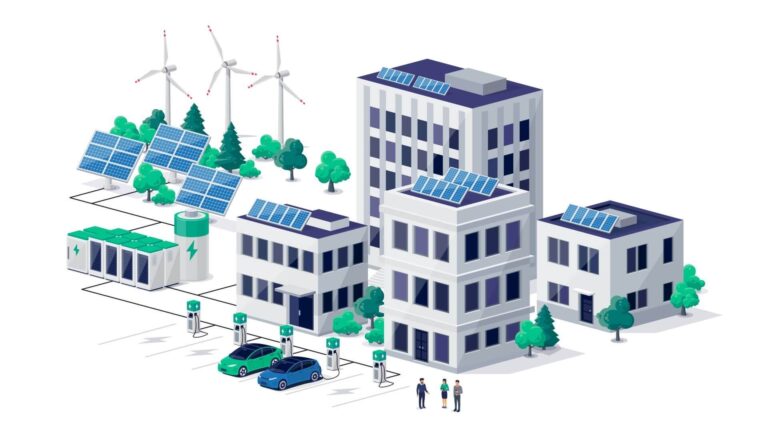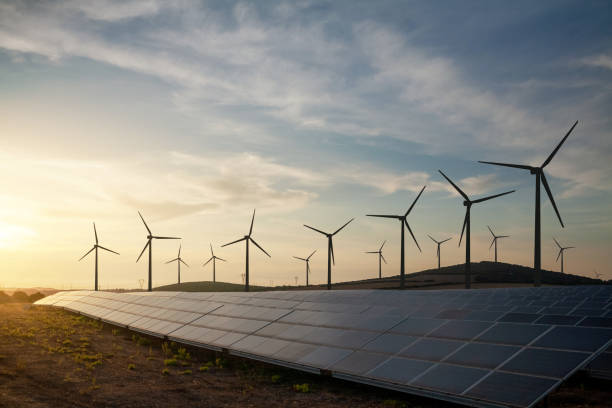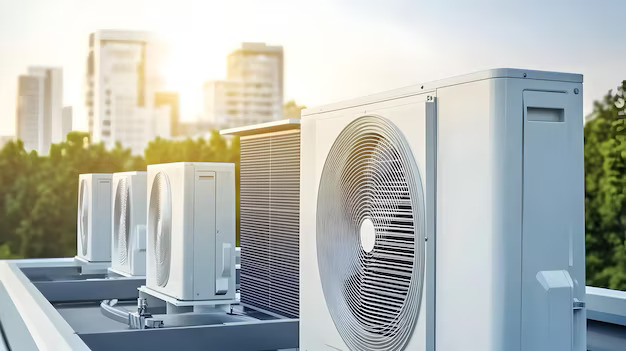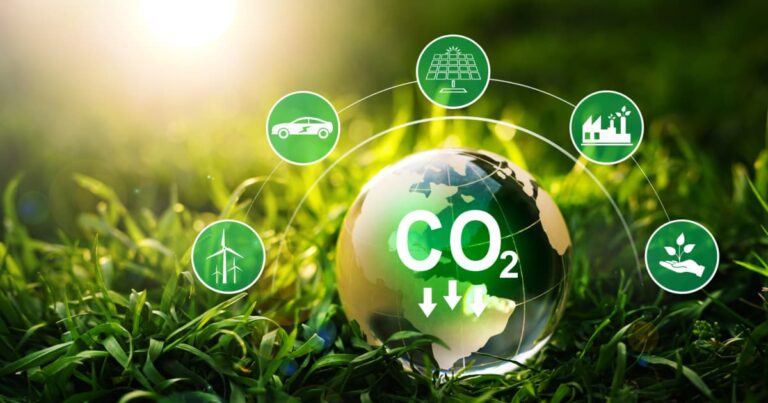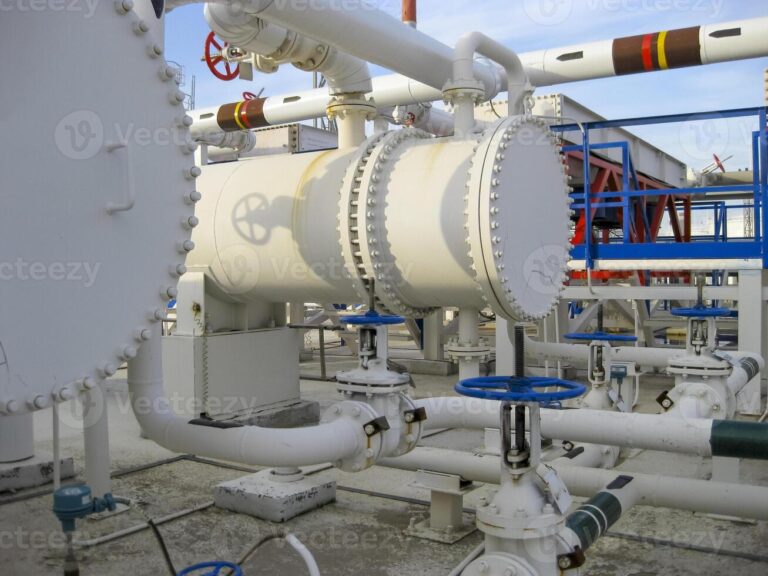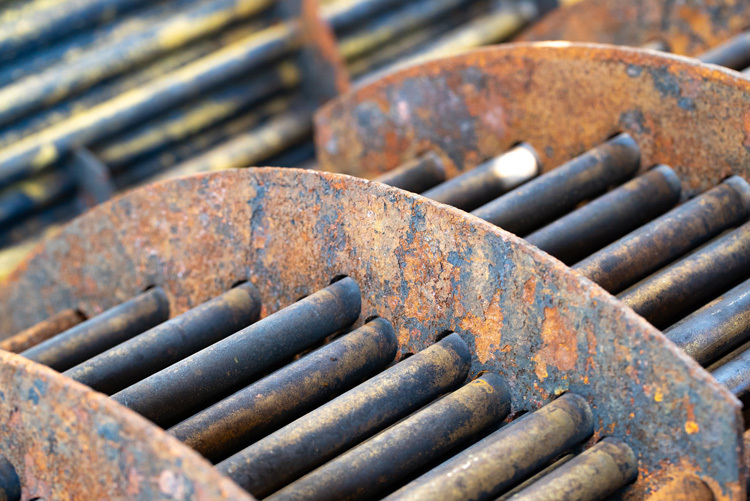Introduction Cooling for Microgrids has become an essential aspect of ensuring energy efficiency and reliability in decentralized power systems. As microgrids are designed to operate independently or in conjunction with the main grid,…
Chillers and Renewable Energy
Introduction Chillers and Renewable Energy as the demand for energy-efficient and eco-friendly solutions grows, integrating renewable energy sources like solar and wind power into chiller systems has emerged as a game-changer. Traditionally reliant…
Dynamic Load Balancing in Chillers
Introduction Dynamic load balancing in Chillers plays a crucial role in this by intelligently distributing cooling demand across multiple chillers, ensuring that no single unit is overburdened while others remain underutilized. By leveraging…
Sustainable Cooling Solutions
Introduction Sustainable Cooling Solutions are becoming increasingly critical as industries and buildings seek to reduce their environmental impact and improve energy efficiency. These solutions focus on minimizing energy consumption, using eco-friendly refrigerants, and…
Reducing Carbon Footprints
Introduction Reducing carbon footprints has become a critical focus for individuals, businesses, and governments alike as the urgency to combat climate change intensifies. This concept revolves around minimizing the total greenhouse gas emissions—primarily…
Heat Exchangers in HVAC Systems
Introduction Heat exchangers in HVAC systems, designed to facilitate efficient thermal energy transfer between different air streams or fluids. They play a crucial role in optimizing the performance of HVAC systems by recovering…
Heat Exchanger Fouling
Introduction Heat exchanger fouling is a common issue in various industries, where unwanted material accumulates on the heat exchanger surfaces, reducing its efficiency. This buildup can hinder heat transfer, increase energy consumption, and…

